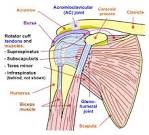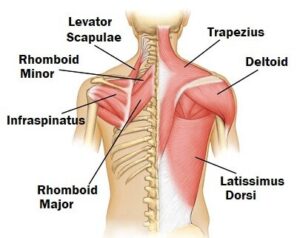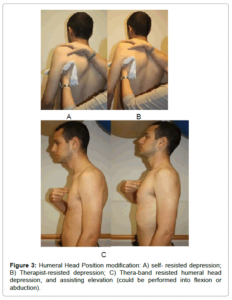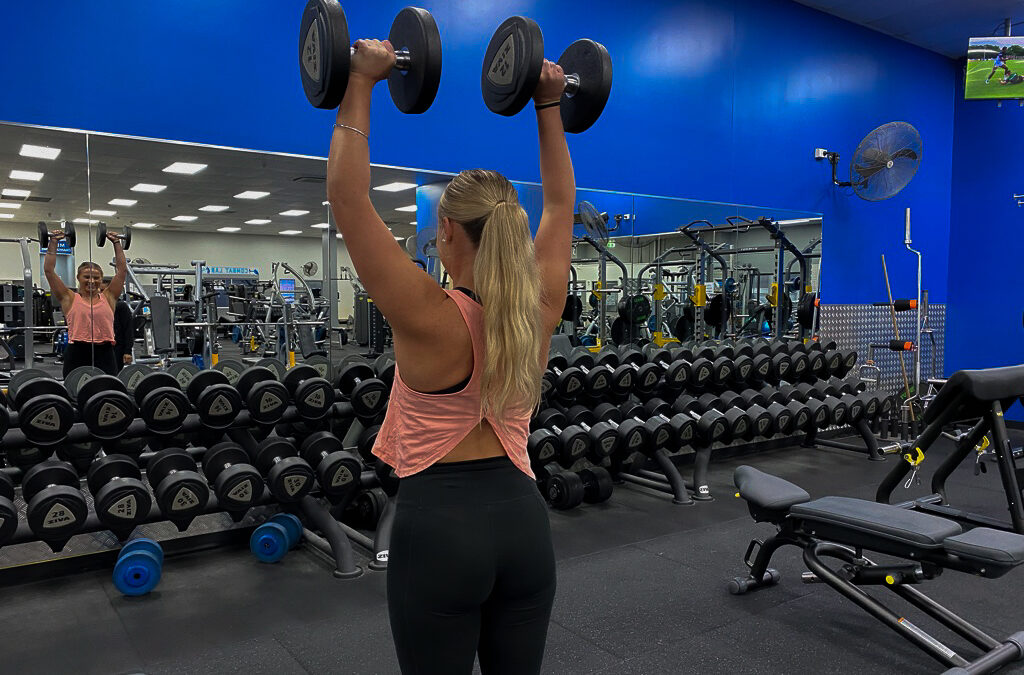Ever lifted something above your head and felt that little ‘twinge’ in your shoulder?
Shoulder pain is a common and sometimes innocuous injury that many people experience whether just at home gardening or lifting at the gym. Yet the pain can sometimes last for several days weeks or even years (Lucas et al., 2022)

Treatment can be quite straightforward, but knowing the anatomy of the shoulder is essential to understanding how to fix it.
The Humeral (arm) bone sits like a ball on top of the scapula (shoulder blade) and allows for significant mobility. The rotator cuff muscles cover this area to help control and stabilize the shoulder as it moves. The larger muscles of our back also help to control and stabilize our shoulder in all planes of motion and attach from our neck and thoracic spine to the shoulder. Through this general understanding, we get the Shoulder Symptom Modification Protocol (Lewis et al., 2016).

Your Physiotherapist will help to identify whether your shoulders may be tight (from too many overhead presses for example), or weak (from not having enough strength to repeatedly lift) or a combination of the two and where exactly it is coming from.
The SSMP consists of analyzing the:

- Humeral head position
- Scapula position
- Neck involvement
- Thoracic spine involvement
You can try these few things that we use with our patients to help their pain instantly:
- When lifting bring your shoulders back
- Squeeze your shoulder blades together when pushing or pull
- Maintain a neutral posture
- Try stretching your pec, neck or shoulder blades before working out
- Start by strengthening your rotator cuff with some gentle resisted rotation exercises
Here are some examples of what we give our clients/patients:
*Pictures of patients triggering etc.*
It is important to seek professional medical advice if you have shoulder pain. Come in and see our friendly staff at the FitLab if you have shoulder pain.
REFERENCE LIST:
Lucas, J., van Doorn, P., Hegedus, E., Lewis, J., & van der Windt, D. (2022). A systematic review of the global prevalence and incidence of shoulder pain. BMC Musculoskeletal Disorders, 23(1), 1073. https://doi.org/10.1186/s12891-022-05973-8
Lewis, J. S., Mccreesh, K., Barratt, E., Hegedus, E. J., & Sim, J. (2016). Inter-rater reliability of the Shoulder Symptom Modification Procedure in people with shoulder pain. BMJ Open Sport and Exercise Medicine, 2(1). https://doi.org/10.1136/bmjsem-2016-000181
